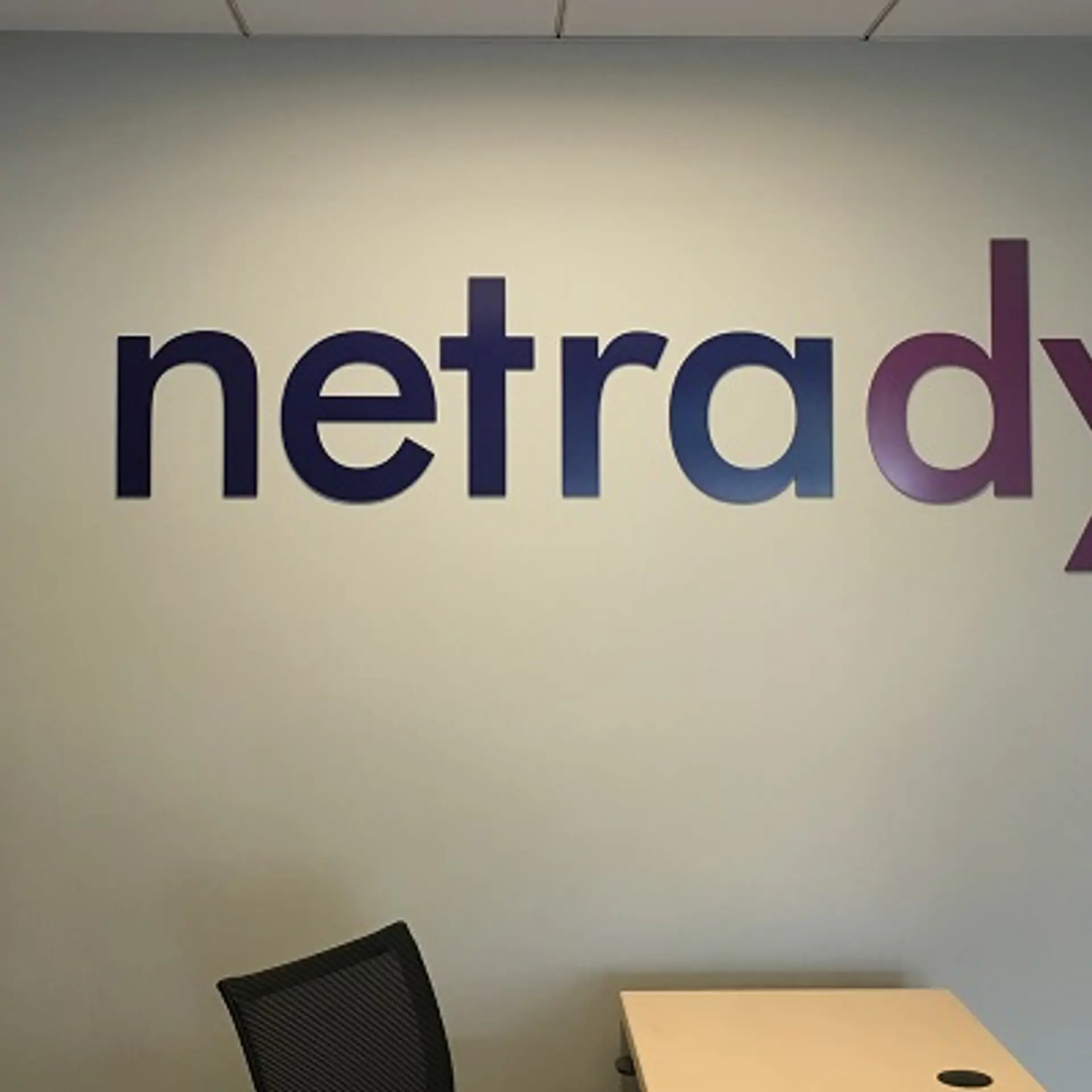Is PhonePe's Dominance in Danger? New Rules Could Shake Up India's UPI Market!
PhonePe and Google Pay could face a major shake-up as new UPI rules threaten its dominance in India's digital payments market. Will it lose its edge, or adapt to survive? Dive in to find out how this could impact you!
India's digital payment landscape, dominated by Unified Payments Interface (UPI) transactions, is on the brink of a significant shake-up. With a whopping ₹20 lakh crore worth of payments processed last year alone, UPI has become the backbone of India's fintech ecosystem. However, the National Payments Corporation of India (NPCI) is contemplating enforcing a 30% market share cap on third-party UPI apps like PhonePe and Google Pay. This decision could drastically reshape the market, potentially forcing leading players to curb their growth or even start turning users away.
Why a 30% Market Cap?
The NPCI's primary concern is the concentration risk in the UPI market. Currently, PhonePe and Google Pay together control a staggering 85% of the market, with PhonePe alone commanding about 49% and Google Pay holding around 37.4% as of mid-2024. The fear is that such a high concentration of market power in the hands of two foreign-owned companies—Google (U.S.) and Walmart (U.S.)—could pose systemic risks. If either app faces a technical failure or regulatory hurdle, it could lead to massive disruptions in digital payments across India. Hence, the NPCI is pushing for a cap to ensure more competition and to reduce dependence on a few dominant players.
Deadline Drama and Potential Delays
Originally, the NPCI proposed a deadline of December 2022 to impose this 30% cap, but it extended this to December 2024 to allow existing players more time to adjust. As the new deadline looms, however, there's increasing speculation that the NPCI may delay the enforcement yet again. According to recent reports, the regulator might push back the deadline by another two years to 2026 to avoid disrupting the rapid growth of UPI transactions, which saw a 57% year-on-year growth in FY24. This extension would provide temporary relief to PhonePe and Google Pay, allowing them to maintain their current market positions while the NPCI continues to evaluate the best path forward.
The Impact on PhonePe: A Double-Edged Sword
For PhonePe, this market share cap is a significant concern, particularly as it recently turned operationally profitable and is planning an Initial Public Offering (IPO). CEO Sameer Nigam has expressed reservations about going public amid such regulatory uncertainty. Investors are naturally cautious—if PhonePe's market share is suddenly slashed to 30%, it could severely impact its valuation and future growth prospects. A reduced market share might also compel PhonePe to reconsider its business strategy, potentially scaling back on user acquisition and transaction volumes.
Banning Users: A Controversial Scenario
If the cap is enforced, PhonePe and Google Pay could be required to stop accepting new users or even block transactions once they hit their market share limits. While this sounds dramatic, it's a real possibility that has left many stakeholders on edge. The alternative—seeing new players quickly capture significant market shares—appears unlikely given the current market dynamics.
Interestingly, while the government's objective is to promote competition, this cap could have the opposite effect. Smaller players might be reluctant to invest heavily in a market characterised by such uncertainty. Moreover, with UPI transactions being free, it's challenging for these companies to generate significant revenue unless they use UPI as a gateway to cross-sell other financial products like loans or insurance.
Looking Ahead: The Future of UPI
As we approach the deadline, the coming months will be crucial for the future of UPI in India. The NPCI's decision will determine whether India continues with its current duopoly or opens the market to more players. Regardless, one thing is clear: the story of PhonePe and the UPI market cap is far from over. The unfolding developments will be a test case for balancing growth, competition, and risk in one of the world's most dynamic digital payment ecosystems.
Edited by Rahul Bansal







